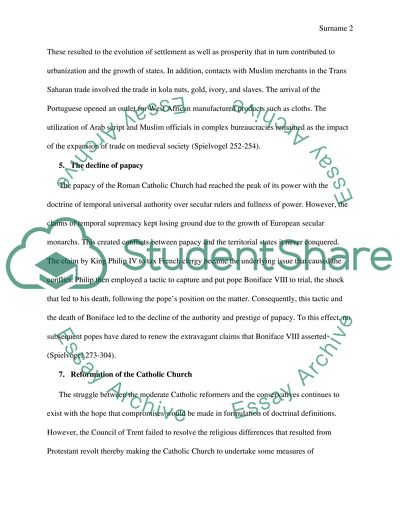Cite this document
(“Influence of the Relationship between Politics and Religion in Western Research Paper”, n.d.)
Influence of the Relationship between Politics and Religion in Western Research Paper. Retrieved from https://studentshare.org/politics/1464997-essay-and-short-questions-about-western
Influence of the Relationship between Politics and Religion in Western Research Paper. Retrieved from https://studentshare.org/politics/1464997-essay-and-short-questions-about-western
(Influence of the Relationship Between Politics and Religion in Western Research Paper)
Influence of the Relationship Between Politics and Religion in Western Research Paper. https://studentshare.org/politics/1464997-essay-and-short-questions-about-western.
Influence of the Relationship Between Politics and Religion in Western Research Paper. https://studentshare.org/politics/1464997-essay-and-short-questions-about-western.
“Influence of the Relationship Between Politics and Religion in Western Research Paper”, n.d. https://studentshare.org/politics/1464997-essay-and-short-questions-about-western.


